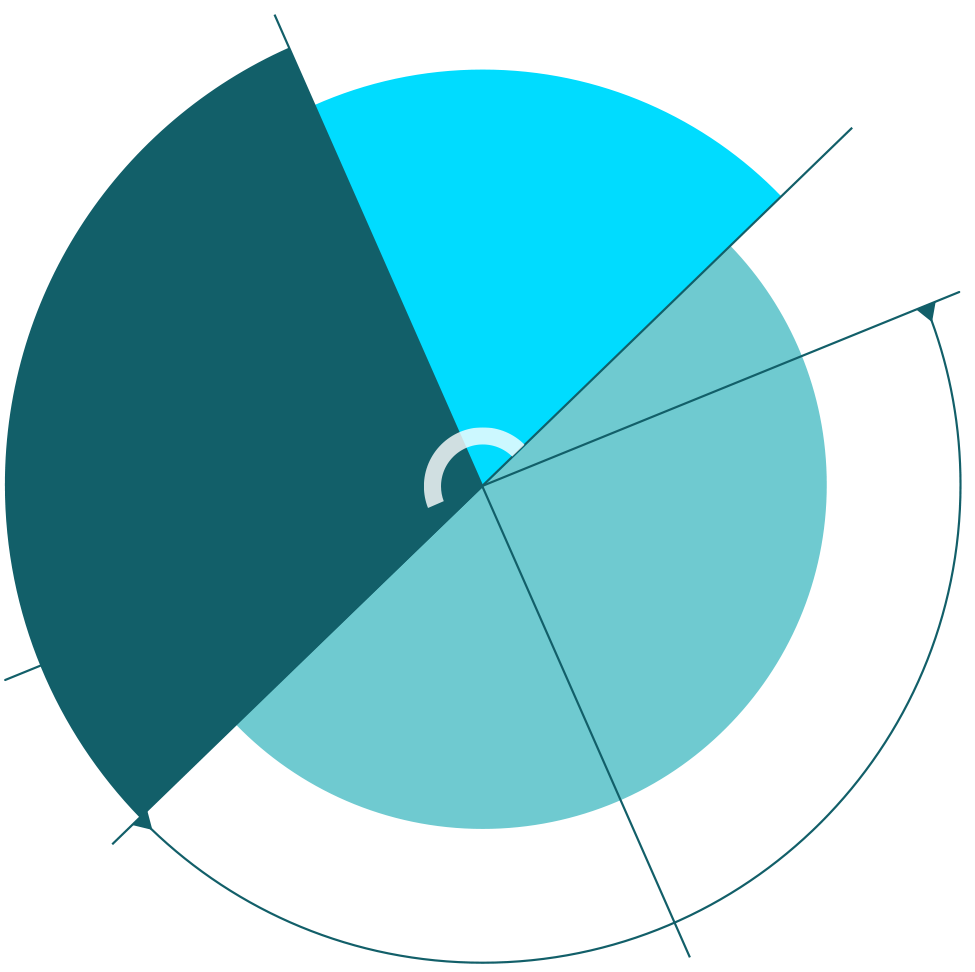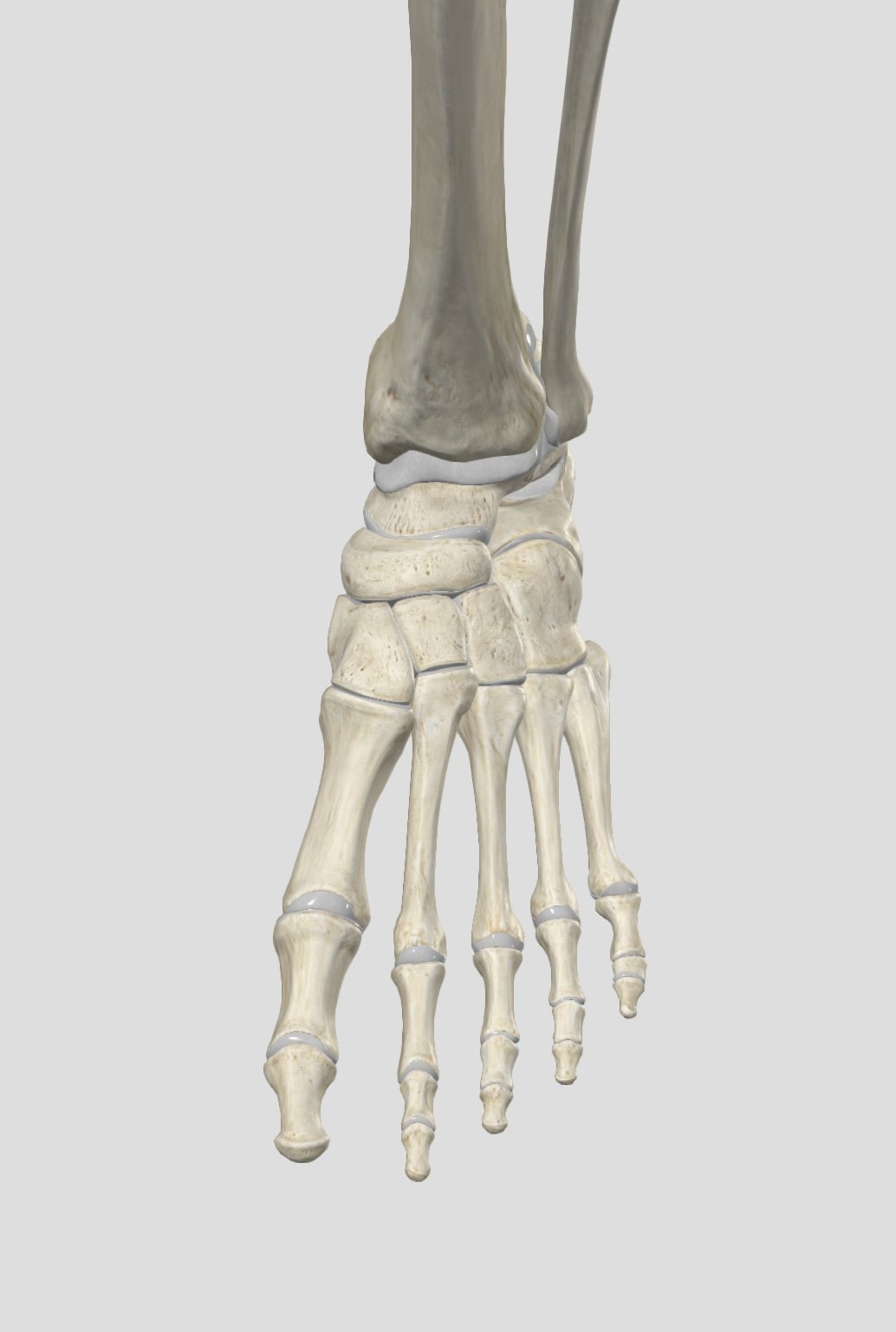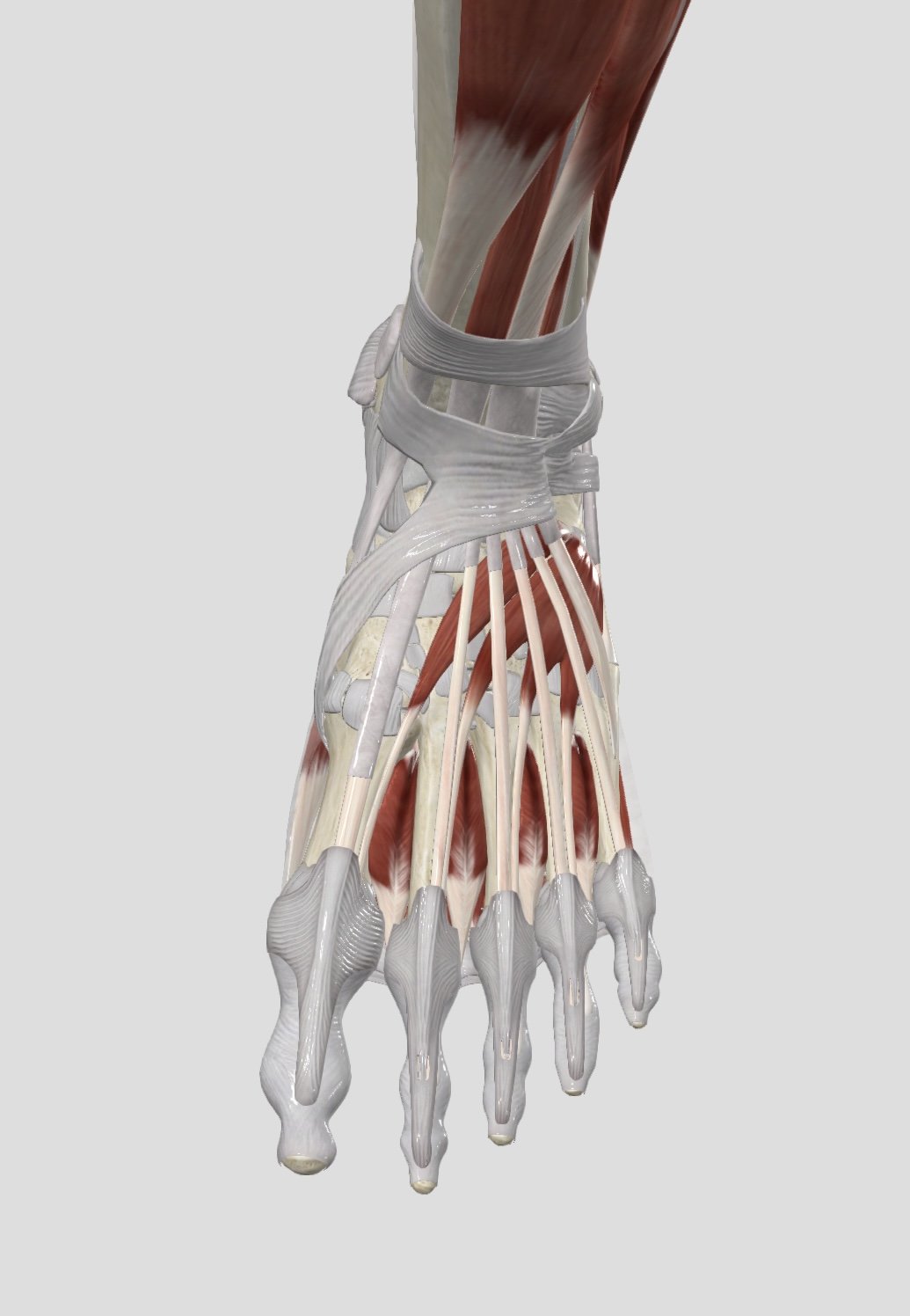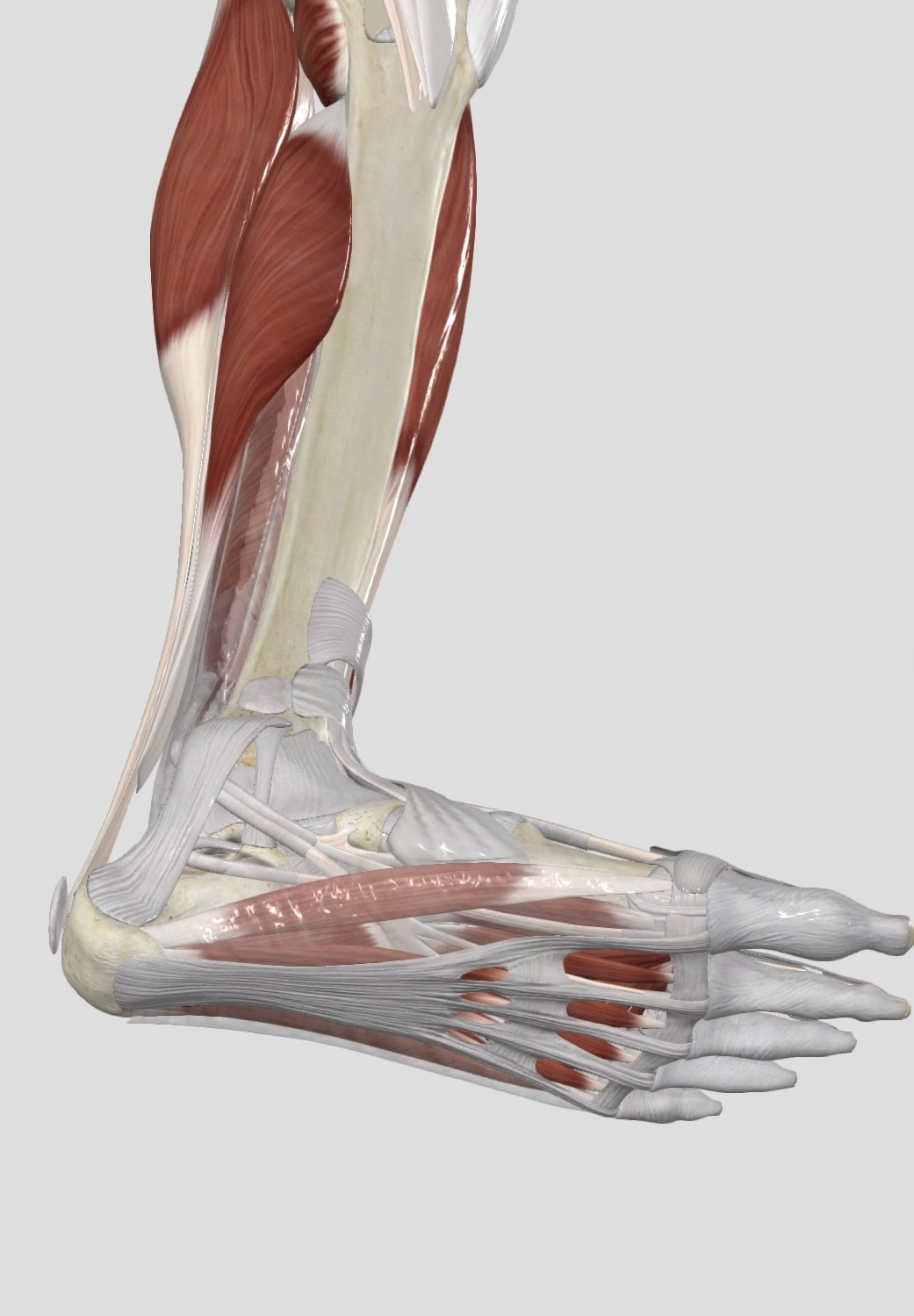Getting to the pointe - why strong healthy feet are so important for injury prevention.
Here in the studio we work on our feet in every session. Foot and balance exercises are done every class. Why? If you’re a dancer or athlete having strong feet is crucial for injury prevention and dancing en pointe. For others, strong feet help with ankle, knee, hip and low back pain and is important for balance and fall prevention.
A foot contains 26 bones - tarsals; metatarsals; and phalanges; and many muscles, ligaments and tendons.
There are seven tarsal bones making up the high arch. The talus articulates with the tibia and fibula of the leg to form the ankle joint. The calcaneus is the heel bone. The navicular, medial, intermediate and lateral cuneiforms, and the cuboid make up the rest of the tarsal bones. The five metatarsals join to the tarsals and form the lower part of the arch. The phalanges attach to the metatarsals and form the toes.
The foot has three directional arches - the medial and lateral longitudinal and the transverse arches. This allows weight distribution to occur. The gait cycle is very complex but here’s a brief breakdown of what occurs when we take a step. Weight is transferred down from the leg bones into the talus. Weight moves to the calcaneus and then moves along the arches of the foot through to the balls and toes. When the foot connects to the ground the bones rotate and glide in various directions to absorb and distribute weight and forces through the body.
With all these joints and bones it’s easy to see why the ankle/foot is the most injured part of the body. Many of us have experienced plantar fasciitis; rolled/sprained ankles; pain and tears to the calcaneal tendon (more commonly known as the Achilles tendon); stress fractures; broken bones and toes.
Pilates is done bare foot for a very important reason. The feet have to work in order to stabilise on the foot bar of the reformer, the push-through bar of the trap table and the pedal of the wunda chair. Working bare foot allows the proprioceptors (little centres that let the body know where it is in space) to activate but also allows the muscles and joints to move. With our feet in shoes, pointe shoes, boots and sneakers for long periods of time movement is constricted resulting in atrophy of the muscles and reducing weight transference. When the muscles aren’t working optimally we may experience problems with the arches and ankles and this may travel further up the body to the knees, hips, back and even affect the shoulders and neck.
As you can see the foot is hugely important in preventing injury and for this reason we make sure to address the feet in every session. Through targeted exercises such as theraband work, toe exercises, rises and balances, we can encourage movement and strength and build strength to the foot, ankles and calves.
Below are four examples of foot work we can do in the studio.
Foot work on the jumpboard.
Foot exercises with the theraband.
Parakeet on the trap table
Foot stretches and releases.
Come and see us in the studio to discuss how we can help you strengthen your feet and reduce your risk of injury.
References: Seeley’s Anatomy & Physiology, 11th Edition; VanPutte/Rega/Russo
Closed Chain Biomechanics of the Lower Limb; Gary Ward
Images: Complete Anatomy








